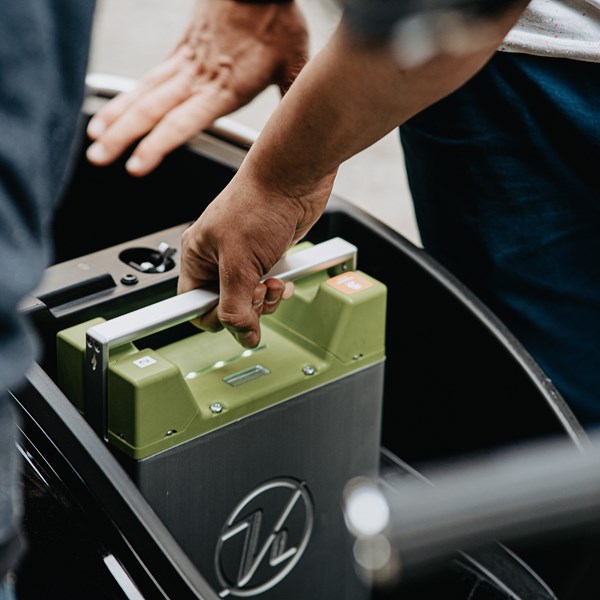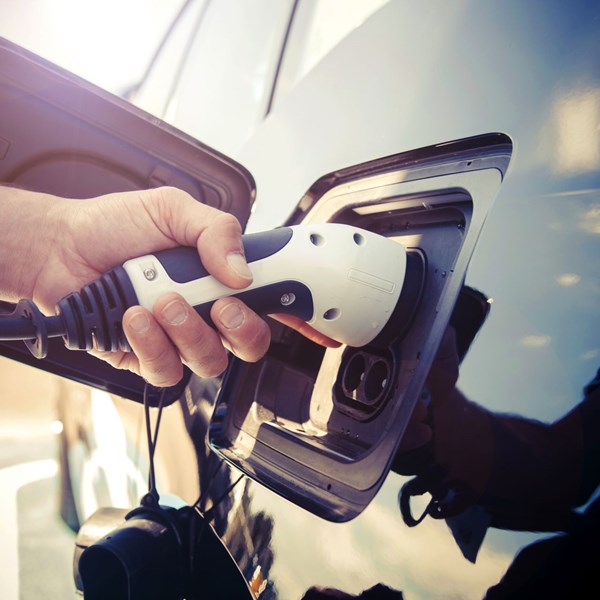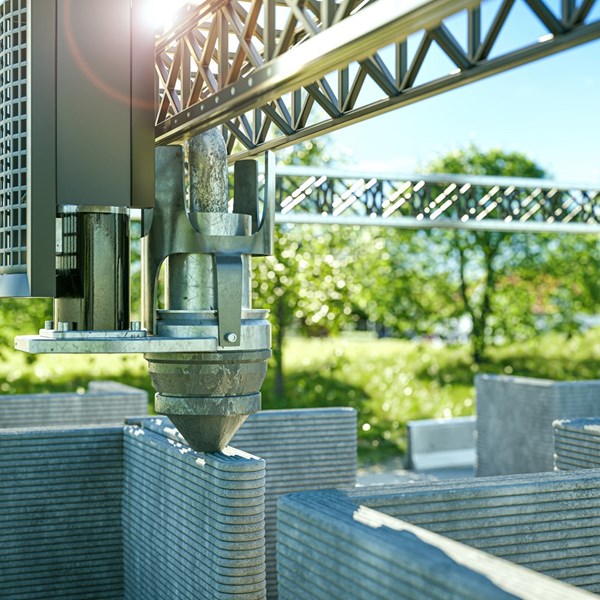Feeding better battery storage with the energy produced by cleaner energy storage like solar panels and wind turbines is not a new idea. However, are good ideas enough? Or could AI be the answer to unlocking the true value of the next generation of solar and energy innovations?
When one looks at energy storage systems, the main technologies involved can be boiled down to:
- Batteries (whether they are flow or solid-state batteries)
- Flywheels
- Compressed air energy storage
- Thermal energy
- Pumped hydropower
There are of course many different and novel inventions powering these options. However, despite their sophistication and efficiency, they are ultimately ‘dumb’ machines in that they are unable to:
- Optimise their operational performance
- Control when they charge and when they discharge
- Make decisions on charging/discharging in accordance with energy prices or consumer demand
- Adapt and control how they operate to increase performance or output
- Coordinate their output with other energy storage solutions
- Increase and decrease their power generation capacities
- Ascertain how to optimise and adjust their supply to consumers
Critically they are also unable to stay one step ahead of potential failings, so they can take preventative or reparative measures before those failings impact on their performance.
This is where artificial intelligence (AI) can play a major part in unlocking the potential of energy generation and energy storage innovations.
AI could give these ‘dumb’ machines the intelligence they need to optimise and control their performance and action the required maintenance before our already stretched energy supplies are impacted further.
WHAT PART CAN AI PLAY IN IMPROVING ENERGY STORAGE AND SUPPLY?
As attorneys who work closely with a number of clients at the forefront of renewable energy storage and cleantech, we are already seeing the huge potential AI offers the energy industry. It really could be the answer to collecting and utilising the real-time, round the clock and totally accurate data needed to create infinitely more effective and efficient energy storage.
Giving machines the ability to implement predictive analytics will enable these machines to save and distribute their output more effectively.
It’ll allow them to predict and meet upcoming demand.
It’ll optimise production levels to match previous patterns of demand.
It’ll also enable them to do what is needed to self-maintain and sustain the required performance levels.
When we’re asked how AI can improve energy storage systems from a more practical perspective, our answer tends to break into four separate but in no way mutually exclusive areas:
1. Demand and generation forecasting
More accurate forecasting will ensure production meets the periods of greatest demand.
This is of course driven by the weather we’d expect at different times of year although it’s important to remember that aircon requires just as much energy as heating!
Accurate forecasts could also impact cost. If an energy provider knows the variation in cost depending on what time of day it has been produced, they can plan when is best to generate, store and release to maximise their profitability.
2. Wind and solar forecasting
By definition, wind and solar energy production using wind, wave and solar is at the mercy of the weather. This makes supply difficult to predict.
However, by using a combination of weather and satellite data, data-driven weather prediction models and historical weather analysis, an estimate can be produced. This can then be used to inform the associated storage strategy.
3. Predictive maintenance
AI can quickly detect abnormal patterns of behaviour across a range of different operational measures.
These red flags can either prompt the operator to take action or tell the machine itself to take the required action (the latter obviously offers even greater operational efficiencies as there’s no need to wait for human intervention).
Being able to spot and act on this type of warning improves performance levels and output, reduces downtime, reduces the cost of maintenance (particularly if repair costs escalate because machines have been allowed to continue to run) and improve the life expectancy of a machine.
Over time, all these factors should combine to increase profitability.
4. Intelligent building control
AI can be used to enhance our understanding the consumption patterns of buildings so their operators can optimise their buildings’ use of energy.
Alternatively - or indeed additionally - if their buildings are involved in the production of wind or solar energy, they can work out how best to connect their output to the grid so they can play an active part in meeting our growing demand for energy.
However, the intelligence AI can glean will also underpin future innovation.
The more innovators and operators know about how, when and why renewable energy is generated, stored and released, the better the means they invent to generate, store and release renewable energy will be.
By utilising the power and potential of AI, the depth and breadth of their knowledge will increase and - by withdrawing the potential for human error - so will the accuracy of the data they use to make decisions that as the energy crisis intensifies, will only become more critical.
If you are involved in energy generation or energy storage and would like to discuss how best to protect and commercialise your inventions, please get in touch with our specialist energy and cleantech team today.







